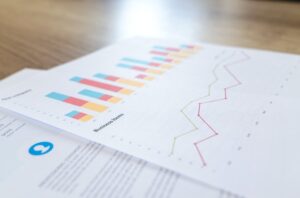 We get this question often from clients confused by the details on their energy bills. With varying rates and usages, figuring out what you owe—and if what you owe is accurate—is complicated. Here are some tips on making sense of your utility bill.
We get this question often from clients confused by the details on their energy bills. With varying rates and usages, figuring out what you owe—and if what you owe is accurate—is complicated. Here are some tips on making sense of your utility bill.
The Summary Page
Generally, all utility bills follow the same structure: summary on page one and usage details and fees on pages two, three, and beyond. The summary page will identify your account, the total amount due, and the payment due date.
Your summary page may also include some energy use data. A bar chart may show your energy use this month versus the same time last year or usage trends over the last quarter or so. You may find a chart with electricity use (in kilowatt-hours) and natural gas use (in therms). The chart may include your meter readings, too.
Energy Rates and Charges
The second and subsequent pages provide a detailed view of your energy use, rates, and fees. These numbers should indicate your exact usage and all applicable rates and fees. These pages contain a lot of data, but it’s also where you’ll confirm your rate is correct and that you’re not being overcharged. You’ll also get a close look at just how much energy your business is consuming.
If you notice a fuel adjustment fee, don’t fret. It’s a common charge that is based on changes to the cost of fuel. You may also find you get charged for your utility company’s cost of operations, another common fee.
Natural Gas Charges
The last page of your energy bill is where you’ll find data on your natural gas usage. One therm is equal to 100,000 BTUs, which makes it easy to calculate your monthly natural gas use. You’ll likely see fees for market adjustments (similar to the fuel adjustment fee above) and distribution.
Even with these tips, energy bills remain difficult to decipher. If you’re struggling to make sense of your utility bills and suspect you may be overpaying for energy, contact SM Engineering today to schedule your no-obligation utility bill audit.


